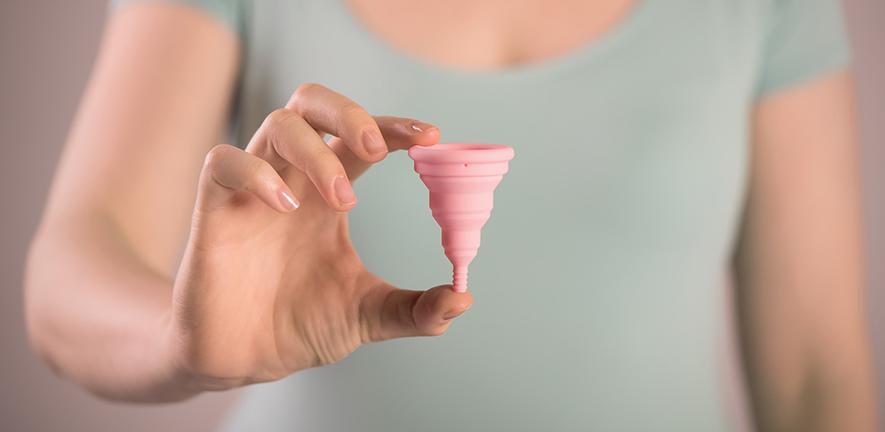
Submitted by Christina Rozeik on Tue, 29/06/2021 - 16:07
Researchers in Cambridge have published a new method of deriving endometrial organoids that can save women from undergoing an invasive procedure. Using menstrual flow, Tereza Cindrova-Davies and colleagues have been able to generate organoids that are identical to those generated from an endometrial biopsy.
Organoids are self-organising, three-dimensional, functional models of human organs that are derived from stem cells. Because they reflect the structure, physiology and function of organs in great detail, they can be used to study biological processes and diseases in the lab without the need for animal models. Organoids of the endometrium - the lining of the uterus - are used to investigate maternal-fetal interactions during early pregnancy, and for exploring the pathophysiology of gynaecological complications such as endometriosis and endometrial cancer. Until now, the endometrial gland progenitor cells necessary to generate these organoids have come from a biopsy of the uterus, which is an invasive medical procedure.
In a pilot study, the researchers collected menstrual flow from volunteers using a menstrual cup, and were able to generate organoids from all but one sample. To validate these menstrual organoids, they then collected samples from both scratch biopsies and menstrual flow from women undergoing IVF treatment at Bourn Hall Clinic. They confirmed that the transcriptome of the menstrual organoids is identical to that of the organoids generated from the scratch biopsies. They also found that the two sets of organoids respond in the same fashion to steroid and early pregnancy hormones. Their results show that menstrual flow can be used as an easily obtainable and non-invasive alternative to endometrial biopsies for the derivation of endometrial organoids.
Tereza Cindrova-Davies, a Research Associate at the Centre for Trophoblast Research and a member of the Reproduction SRI, said "This technique has wide-ranging impact for non-invasive investigation and personalised approaches to treatment of common gynaecological conditions, such as endometriosis, and reproductive disorders, including failed implantation after IVF and recurrent miscarriage. Secretions from the endometrial glands play a key role in determining the receptivity of the endometrium and the implantation competence of the blastocyst, as well as stimulating the development of the placenta during the first months of pregnancy. Deficient functioning of the glands will therefore have profound impact on pregnancy success and outcome. Our technique will, for example, enable patients undergoing fertility treatments to have their endometrial function assessed non-invasively prior to initiating a treatment cycle, allowing the hormonal regime and timing of treatment to be tailored accordingly. This approach provides opportunities for personalised medicine in a similar fashion to that of kidney organoids derived from the urine of patients."
Reference
Tereza Cindrova-Davies, Xiaohui Zhao, Kay Elder, Carolyn J. P. Jones, Ashley Moffett, Graham J. Burton and Margherita Y. Turco, ‘Menstrual flow as a non-invasive source of endometrial organoids’, Nature Communications Biology 4: 651 (2021). DOI: 10.1038/s42003-021-02194-y.

